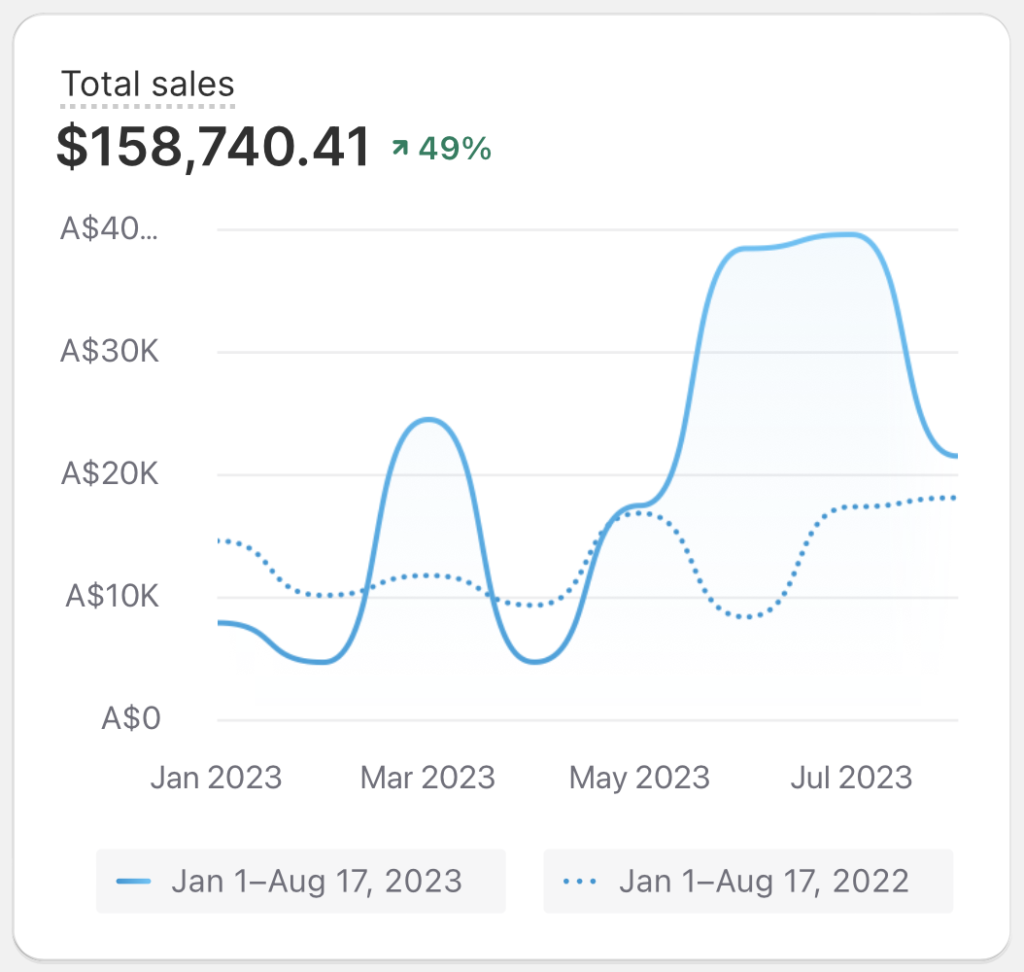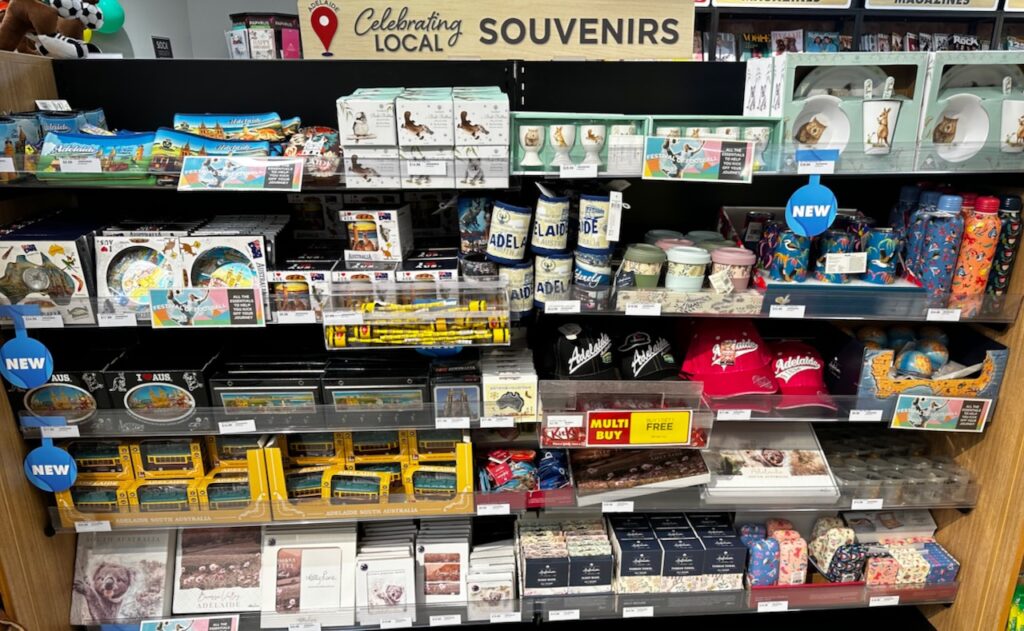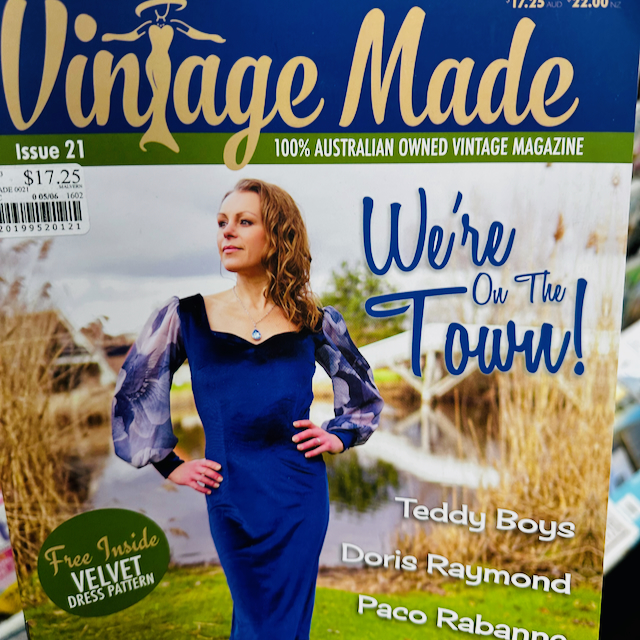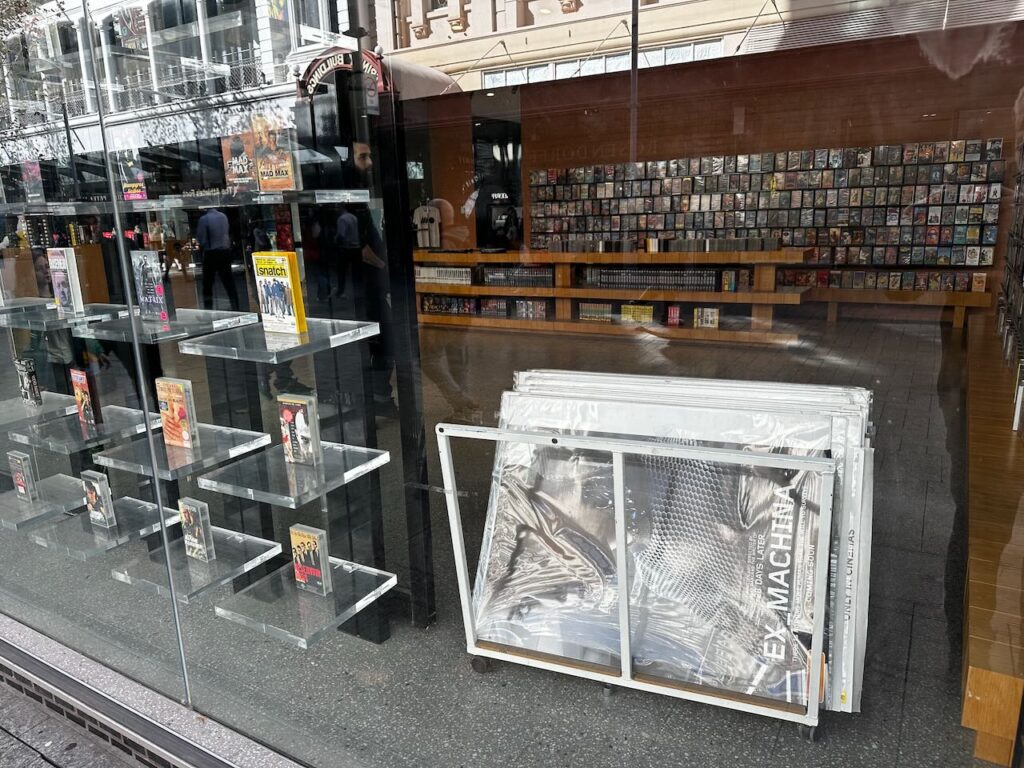As the number of newsagency businesses in Australia and the foot traffic into newsagency businesses declines we have to wonder about our relevance.
There was a time when we were at the centre of each town. While some newsagencies are, and plenty are thriving, the channel, nationally, is confronting a relevance crisis.
Not that it would happen but I wonder what the impact might be if we, as a channel, took a stand on the Voice referendum and actively promoted a Yes vote.
We are uniquely positioned because many of us sell News Corp newspapers that have been actively campaigning against a Yes vote. Whether we like it or not, our shops are being used to magnify the News Corp interference in the referendum, their interference in our democracy.
What if we as a channel put up signs in our windows promoting yes, and on our social media. What if we placed a poster like this one above News Corp titles:

I get that some customers might be unhappy, but I suspect they might be among the perennially unhappy group because they read content designed to make them unhappy.
Taking a stand says something about us, what we believe, what we support, and that we are unafraid to make that statement.
If we do nothing out of fear for what customers and would-be customers might think, we commit ourselves to being ignored, we show ourselves as being irrelevant.
What our channel has is location, across the country. If we leveraged that for a national, channel wide, statement of support, we run the risk of lifting the perception of our channel out of the 1980s and into the mindset of 2023. It’s a scary thought. One we should want, well those of us who plan to be in the channel for the long term at least. This question of the relevance of the newsagency in the mind of an everyday Aussie should matter to us.
I’d love to see consideration given to this: the associations and various other groups coming together to take a stand nationally, in our front window and next to newspapers.
We could even be the local outlet for yard signs others could collect and put up in support of a yes vote. Talk about being relevant.
I reckon plenty of folks would be happy to see us do this.
We’d run the risk of feeling better about ourselves for doing this, and how great would that be!
And to customers who disagree, I’d say: isn’t it great that we live in a country where we can disagree and still offer a g’day and a smile every morning.
The poster is one being pitched by Dr Monique Ryan to Kooyong (VIC) voters.
Across at https://www.yes23.com.au/ there are plenty of resources including art for posters and other formats. Here is one example:
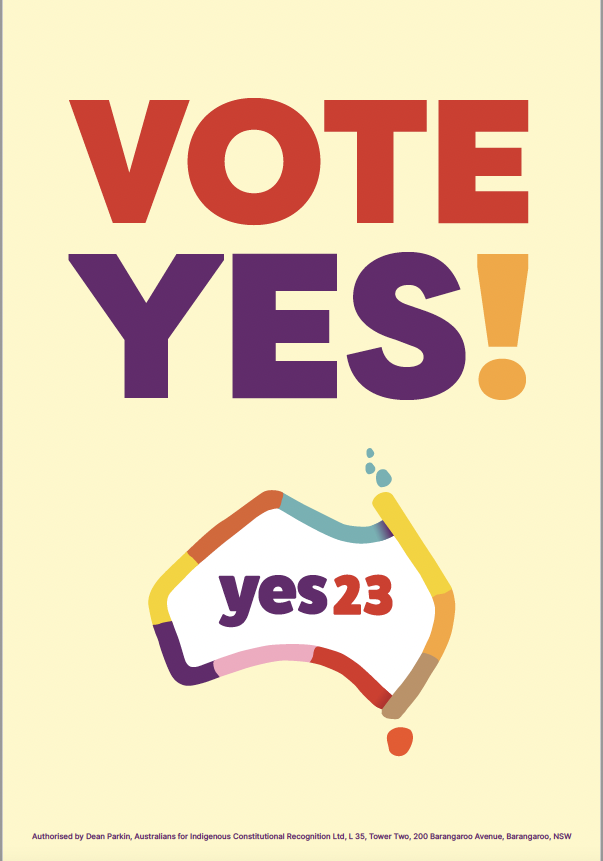
There are so many resources, some many opportunities for supporting Yes. I do think that if our channel engaged as I hope we would, that we would do so in a visually unifying way as that’s part of our key need.
My personal position is that I will vote Yes. It makes sense to me. There is nothing to fear. It’s long overdue.
